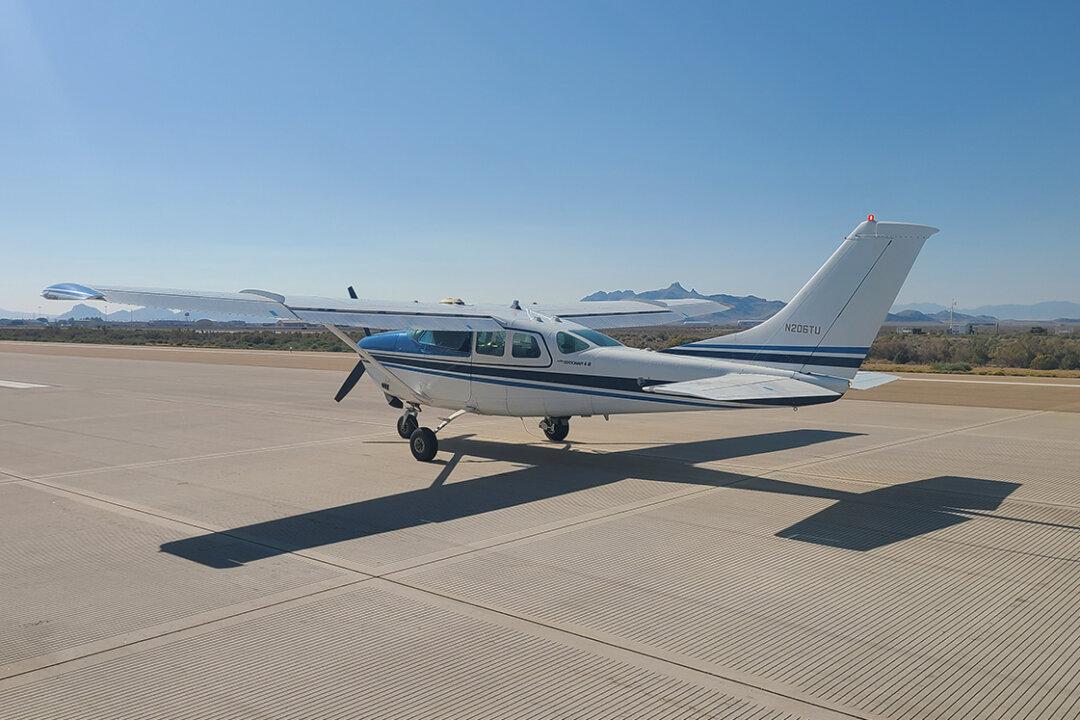The U.S. Air Force’s ROBOpilot is back in the driving seat—or, rather, where the seat should be.
Autonomous aircraft are currently being developed by many militaries around the world. Designs typically sit somewhere between two approaches: start from scratch with no capacity to carry a human; or tap into the electronic brain of an existing modern fly-by-wire aircraft.





